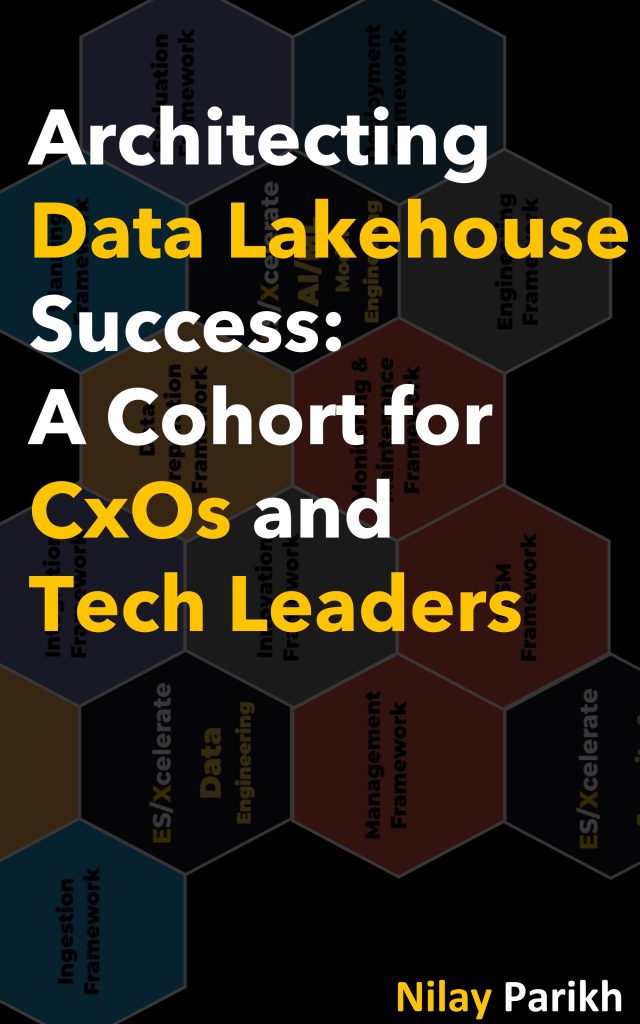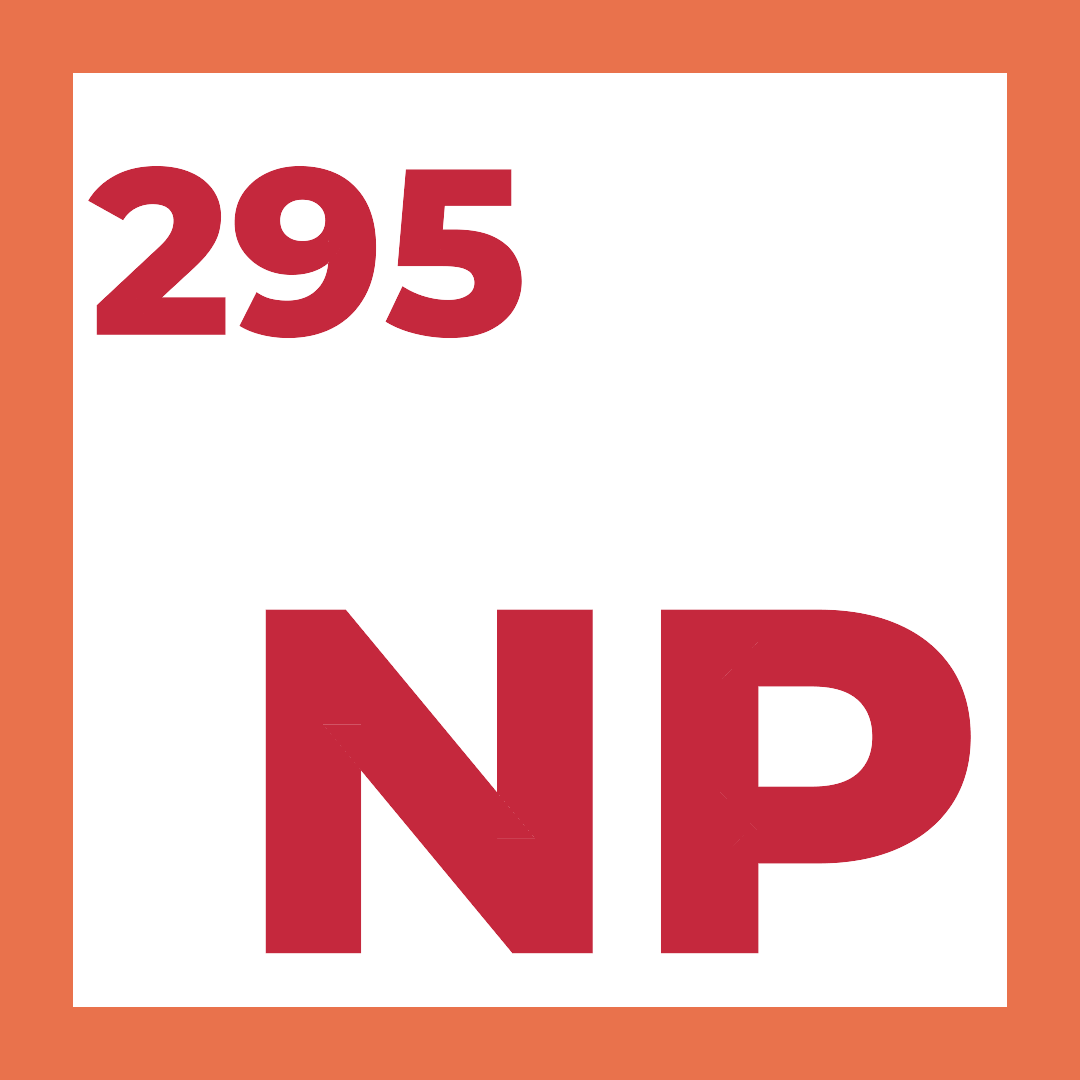
In “Architecting Data Lakehouse Success: A Cohort for CxOs and Tech Leaders,” we embark on an insightful journey through the evolving landscape of data engineering and architecture. This book is a comprehensive exploration, spanning the history, anatomy, and practical application of data lakehouses. It’s designed for technical leaders, architects, and C-suite executives who aim to merge strategic business vision with technical architectural prowess.
Potential Risks
Technology integration projects aim to unite separate technological systems and solutions into interconnected and aligned infrastructures that can seamlessly work together. Effective technology integration enables improved analytics and reporting, centralized data, enhanced user experiences, increased operational efficiency, and reduced costs. However, these complex efforts also carry risks that must be properly managed.
This technology integration initiative seeks to consolidate the current fragmented systems into an interoperable technology stack. This will require careful coordination across multiple teams and systems, vigilance regarding scope, and proactive risk mitigation. Some foreseeable challenges include incompatible APIs, unplanned costs, changes in stakeholder priorities, and rollout delays. If executed thoughtfully with the proper precautions, the benefits of the unified infrastructure should outweigh the temporary disruption.
| Risk | Mitigation |
|---|---|
| Technology Integration and Compatibility | Conduct compatibility testing; ensure flexible architecture. |
| Scope Creep | Establish clear project scope; implement change control processes. |
| Resource Constraints | Conduct regular resource reviews; proactive resource allocation. |
| Data Security and Privacy Compliance | Implement robust security protocols; regular audits; compliance with regulations. |
| Technical Debt | Prioritize refactoring and quality assurance; address technical debt regularly. |
| Vendor Dependency and Lock-In | Diversify vendor portfolio; negotiate flexible contracts; use open standards. |
| Stakeholder Misalignment | Regular stakeholder engagement; clear communication of goals; align project objectives with business strategy. |
| Change Management Challenges | Implement structured change management; include training and communication plans. |
| Performance and Scalability Concerns | Design for scalability; performance testing; plan for capacity upgrades. |
| Project Management and Oversight | Use established project management methodologies; regular monitoring; transparent reporting. |
| Disaster Recovery and Business Continuity | Develop and test disaster recovery plans; business continuity strategies. |
| Cultural and Organizational Fit | Assess cultural fit; engage in organizational change management practices. |
Learn from My Mistakes, Perspectives of Edward de Bono’s Six Thinking Hats:
Black Hat (Critical Judgment): The testing plan should have accounted for reasonable contingencies and built in buffers for potential system failures. Relying on outdated infrastructure was an unnecessary risk that is now delaying project timelines. More pessimistic risk planning could have prevented this.
Blue Hat (Overview and Organization): Looking holistically, the testing delays, while frustrating, are a temporary setback. With constructive problem-solving and clear communication, long-term timelines can adjust while keeping stakeholders aligned on the end goal. Most importantly, we must continue collaborative oversight.
Architectural Principles for Solution & Technical Architects and Enterprise Architects
| Principle | Description | Exceptions |
|---|---|---|
| Application Scalability | Design applications to be scalable, accommodating growth in users and data. Emphasize modular and microservices architectures. | May not apply to legacy systems where refactoring isn’t feasible. |
| Data Integrity and Consistency | Ensure data integrity and consistency across systems. Implement comprehensive data validation and synchronization mechanisms. | Exceptions might be made for specific real-time processing scenarios where slight inconsistencies are acceptable for performance gains. |
| Operation Automation | Automate operational processes to increase efficiency and reduce manual errors. Leverage tools for continuous integration and deployment. | Exceptions can include processes requiring manual oversight for regulatory reasons. |
| Robust Security Measures | Implement multi-layered security protocols, including encryption, access control, and regular security audits. | In some cases, legacy systems might not fully support the latest security protocols. |
| Infrastructure Flexibility | Design infrastructure to be flexible and adaptive, supporting cloud, on-premise, and hybrid models. | Certain regulatory or data sovereignty requirements may limit flexibility. |
| Enterprise Governance Alignment | Align IT strategies with broader business goals and governance policies. Ensure compliance with industry standards. | Exceptions may occur when innovative solutions temporarily diverge from established governance frameworks for testing or development purposes. |
| Data Privacy Compliance (Data) | Strict adherence to data privacy laws and regulations. Regularly update policies to reflect changing legislation. | Exceptions might arise in jurisdictions with conflicting privacy laws. |
| Cost-Effective Resource Utilization (Operation) | Optimize resource usage for cost-effectiveness without compromising performance or reliability. | In certain high-priority scenarios, cost-efficiency may be secondary to performance. |
| User-Centric Design (Application) | Focus on user experience in application design, ensuring usability, accessibility, and satisfaction. | Some backend systems may prioritize functionality over user interface design. |
| Proactive Risk Management (Security) | Continuously identify, assess, and mitigate risks in IT infrastructure and operations. | Some emerging technologies might lack established risk assessment frameworks. |
| Elastic Scalability (Infrastructure) | Build systems capable of elastic scaling to handle variable workloads efficiently. | Fixed-capacity systems like certain legacy databases may not support elastic scalability. |
| Sustainable IT Practices (Enterprise Governance) | Adopt sustainable practices in IT operations and development to support environmental and corporate social responsibility goals. | Some existing contracts or legacy systems might not initially align with sustainable practices. |
| Cross-Functional Collaboration (AoD) | Encourage cross-functional collaboration between IT and other departments for holistic problem-solving and innovation. | Specific projects with sensitive or proprietary information might limit cross-functional access. |
These principles provide a framework for architects in various fields to guide their decision-making and strategy development, with considerations for exceptions based on practical or contextual limitations.
Available at Amazon
- US: https://www.amazon.com/dp/B0CR71D58S
- UK: https://www.amazon.co.uk/dp/B0CR71D58S
- IN: https://www.amazon.in/dp/B0CR71D58S
- DE: https://www.amazon.de/dp/B0CR71D58S
- FR: https://www.amazon.fr/dp/B0CR71D58S
- ES: https://www.amazon.es/dp/B0CR71D58S
- IT: https://www.amazon.it/dp/B0CR71D58S
- NL: https://www.amazon.nl/dp/B0CR71D58S
- JP: https://www.amazon.co.jp/dp/B0CR71D58S
- BR: https://www.amazon.com.br/dp/B0CR71D58S
- CA: https://www.amazon.ca/dp/B0CR71D58S
- MX: https://www.amazon.com.mx/dp/B0CR71D58S
- AU: https://www.amazon.com.au/dp/B0CR71D58S
Disclaimer
The views expressed on this site are personal opinions only and have no affiliation. See full disclaimer, terms & conditions, and privacy policy. No obligations assumed.
